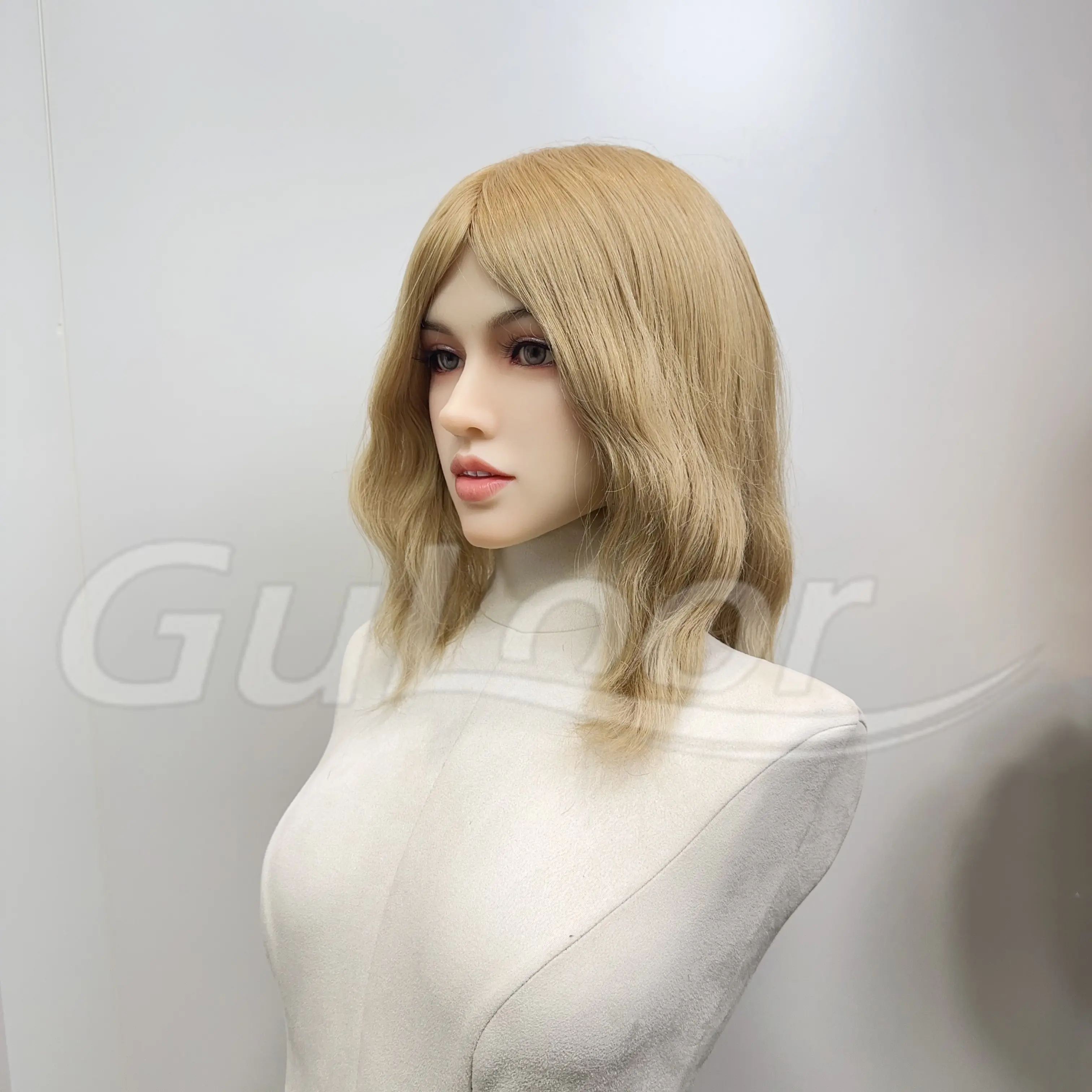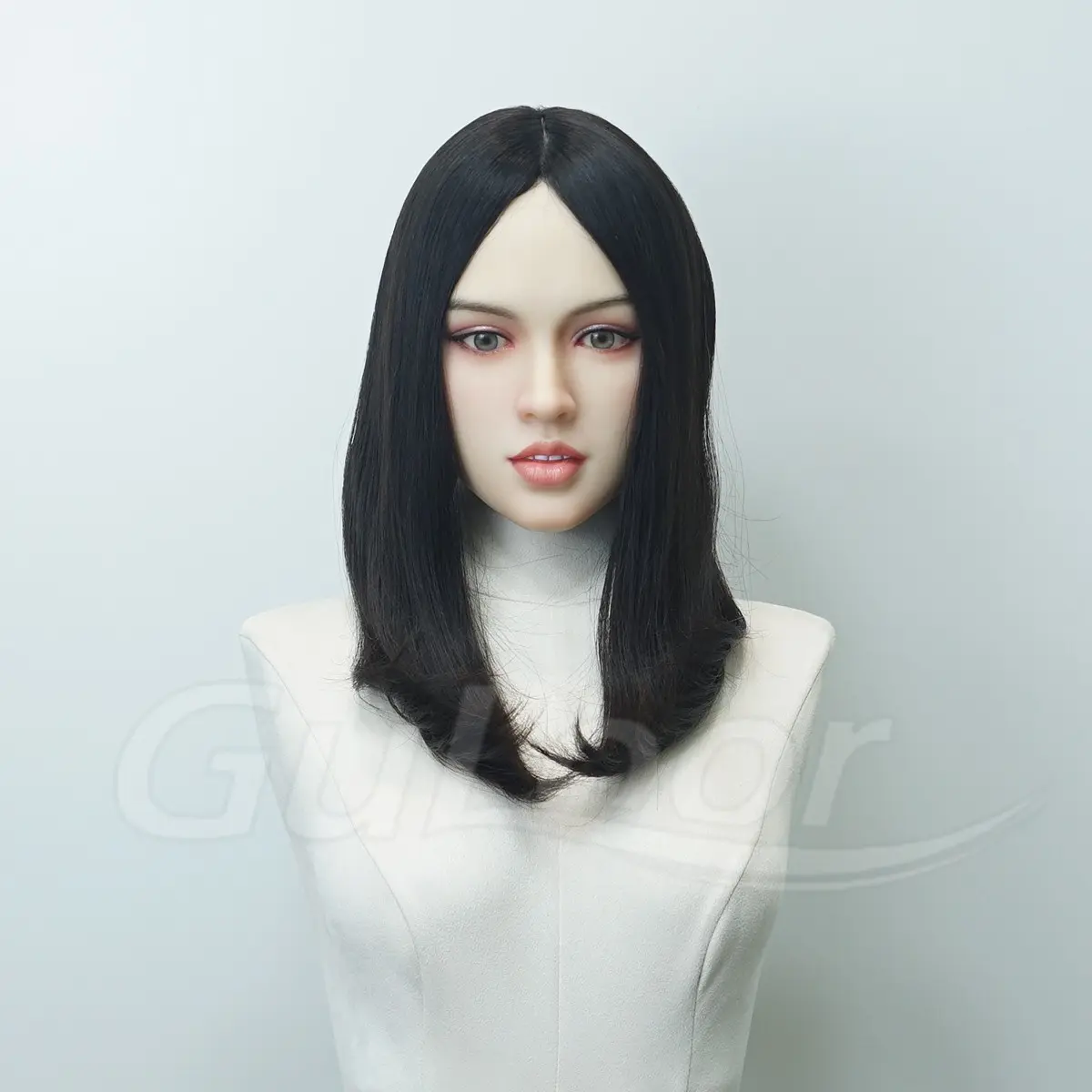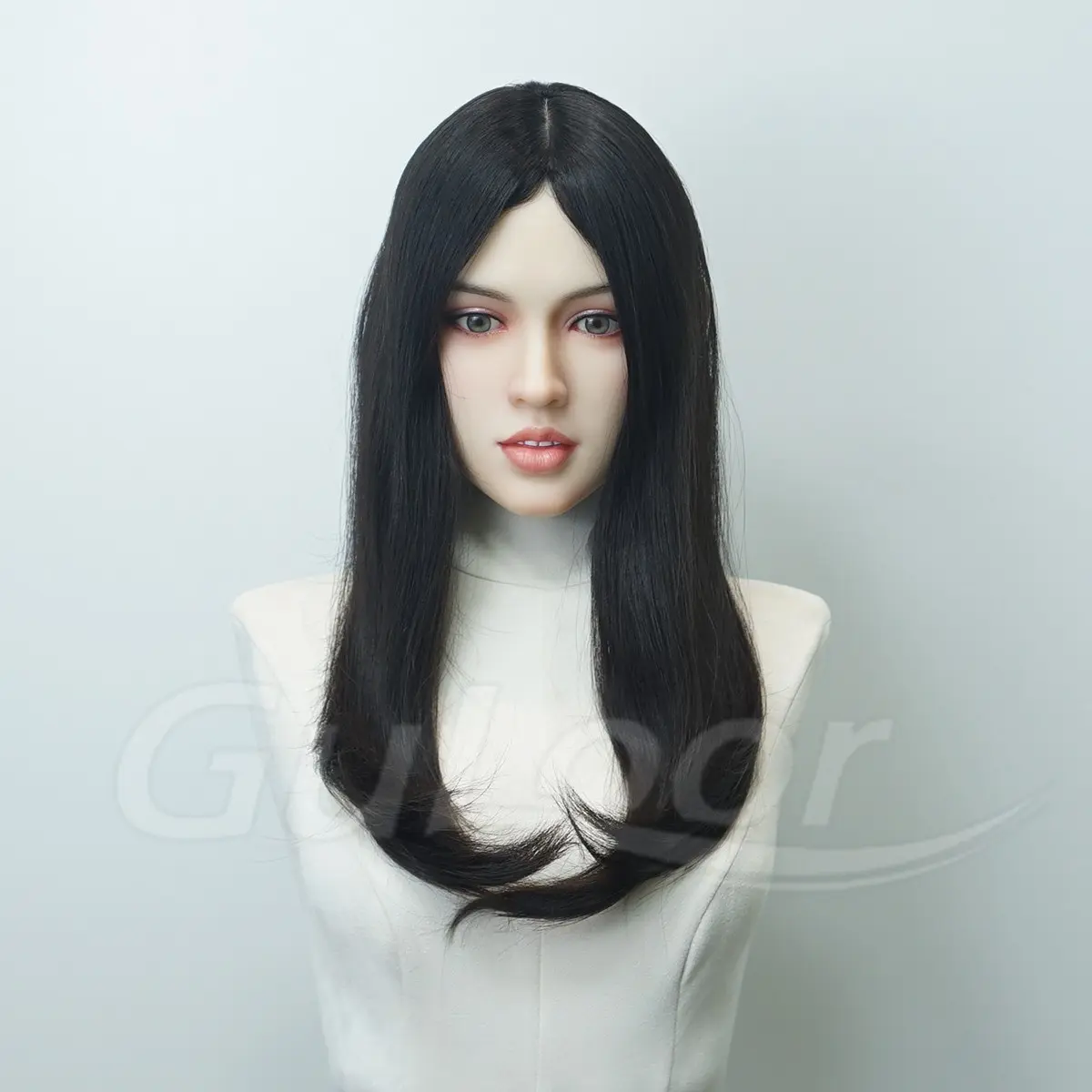Types of hair extensions
If someone is new to the hair extensions, they may not know which type of hair extension is right for them. With so many different styles and terms, it can get overwhelming and difficult to choose the best hair option that suits their specific needs. Because of this, it is essential have a solid grasp of the advantages of each type of hair extension.
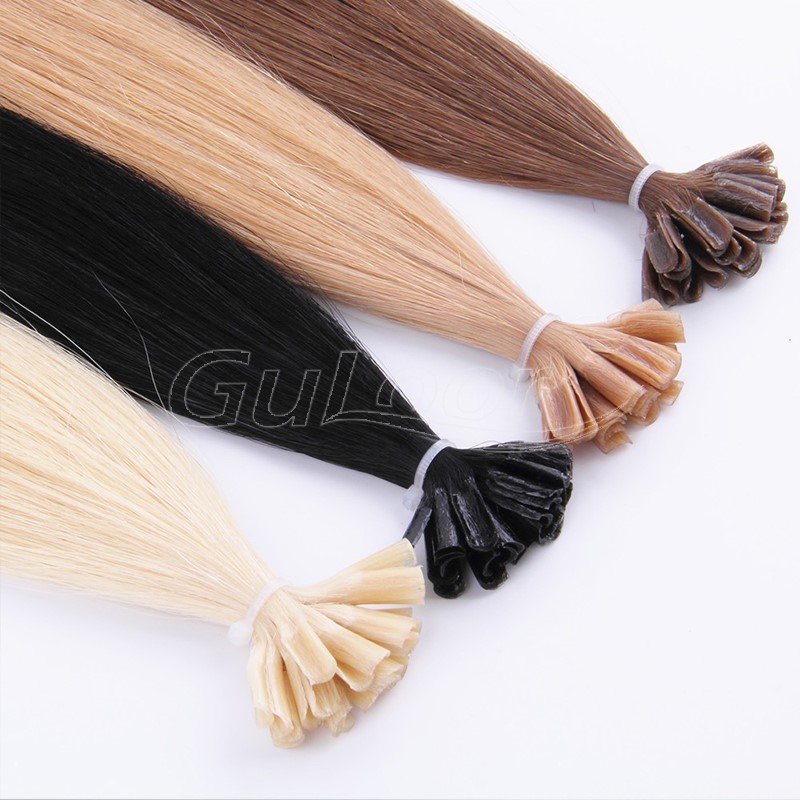
Human Hair Extensions vs. Synthetic Hair Extensions
Before delving further into each type of hair extension, it's critical to understand the distinction between human hair extensions and synthetic hair extensions.
Extensions made of human hair are constructed of genuine human hair from top to bottom that was obtained from a donor. Remy hair refers to hair that was collected with all of its cuticles intact and moving in the same direction. This reduces the chance of knots and tangling and guarantees that the hair extensions will stay silky and smooth for their entire lifespan.
On the flip side, synthetic hair extensions are created from a variety of synthetic, mixed fibers. These fibers, which are often made of very fine plastic, are designed to resemble actual human hair. But since synthetic hair doesn’t blend in with natural hair well, they look fake and obvious. Plus, synthetic hair is generally stiff and feels coarse to the touch.
Unlike synthetic hair, real human hair looks and feels real, can be treated just like your normal hair, and lasts for years!
Now that we’ve established the difference between synthetic and human hair extensions, let’s get into the different types of hair extensions.
Sew-in Extensions
Some of the benefits of sew-in hair extensions include their cost-effectiveness and easy maintenance. Sew-in extensions involve creating a base for the extensions by tightly braiding the client's hair.
Sew-in hair extensions don’t work well with thin or lighter hair because the tight application method frequently strains the scalp and can feel quite heavy or painful. Since the hair is essentially stitched into your own hair and cannot be removed, this type of hair extension is the most permanent.
However, not all hair types and conditions are able to withstand this tight braiding, so not all clients may be good candidates for sew-in extensions.
Clip-in Hair Extensions
Clip-in hair extensions have the benefit of requiring the least amount of effort to attach to the hair: they simply, as their name indicates, clip in. They are easy to remove and take about 5-15 minutes to put in at home.
Clip-in hair extensions can be made out of synthetic hair, but most luxury hair pieces are made of real hair. This way, one can style their clip-in extensions with heat, and they will look natural and be virtually impossible to detect.
Clip-in hair extensions are usually the best choice because they fit a wide range of clients while meeting a variety of needs. Ones made of real hair should be purchased as investments and will provide years of wear with proper care.
Top piece hair extensions are for the specific purpose of providing extra thickness and volume for clients with thinning hair on the top of their heads. Clip-in hair extensions provide the best solution for this problem area.
Micro Bead Or Micro Link Hair Extensions
Micro bead or micro link hair extensions first attach silicone beads to hair and then attach the extension to the silicone bead. Additionally, they do not require the use of glue or heat to apply.
Micro link extensions can harm the hair if they are not applied appropriately. If the bead is too tightly wound, it may push and tug on the hair's roots, and if it is not carefully removed, the hair can be left with knots or fall out.
You may use the same style tools and wash them the same way you as your real hair. As the natural hair grows and the microbeads travel away from the scalp, micro link hair extensions require repositioning every two to three months.
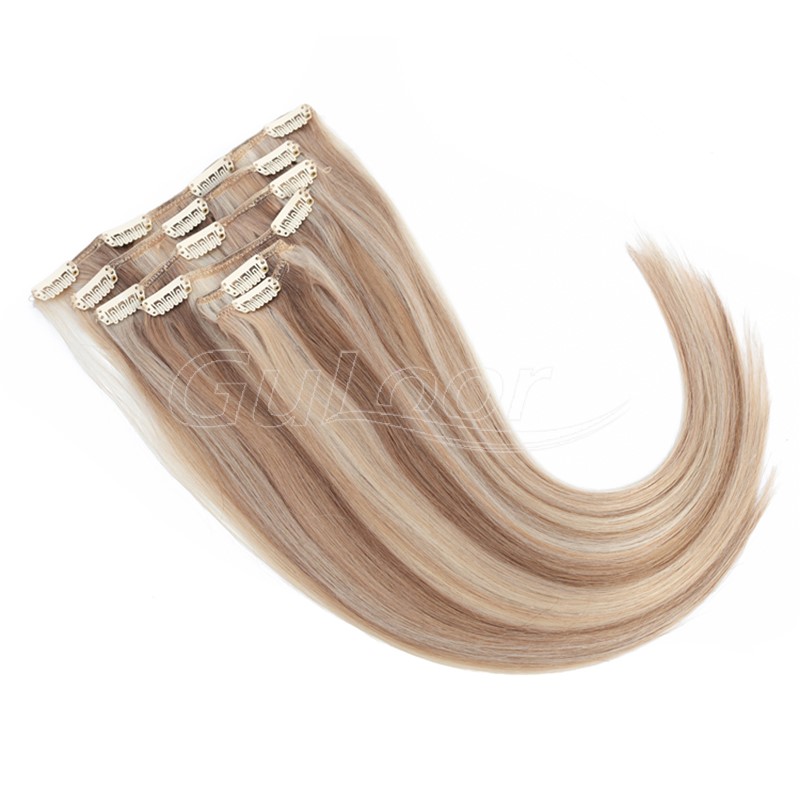
Tape-in And Fusion Hair Extensions
Tape-in extensions use tape to add the extension to the hair. Since tape-in hair extensions must be aligned with the roots and are done using heated equipment that warms the adhesive, a hairdresser needs to apply them and reinstall them.
Fusion hair extensions may use either hot fusion or cold fusion to attach the hair. This type of hair extension may not be appropriate for all clients because they may damage your natural hair.
Both methods require quite a bit of maintenance. Lots of brushing, difficulty shampooing, hair loss and shedding make these types of hair extensions tough for most customers to deal with. Each hair extension type has certain guidelines about hair care products to use and avoid, as well as how frequently it needs to be replaced or maintained.
303.webp)
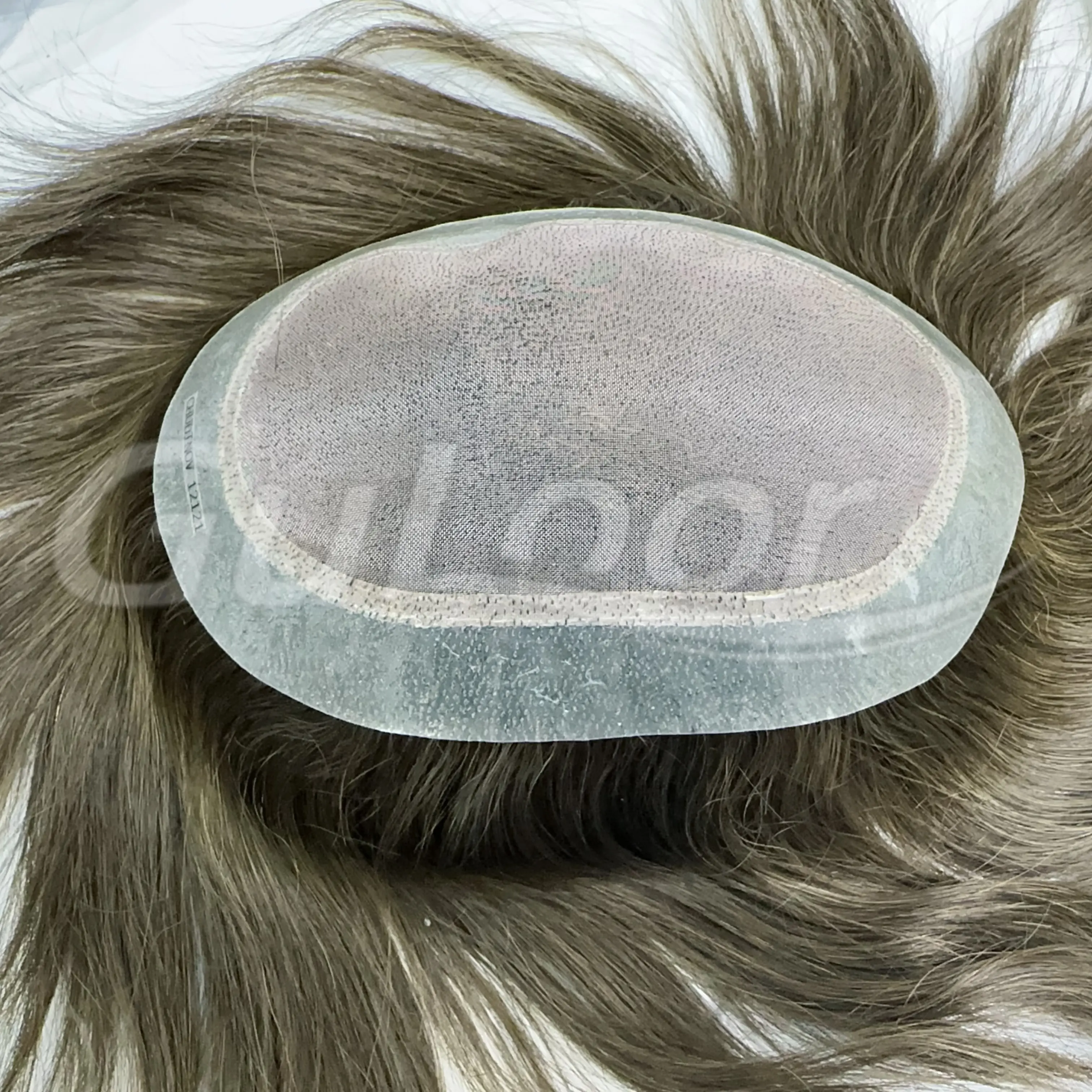
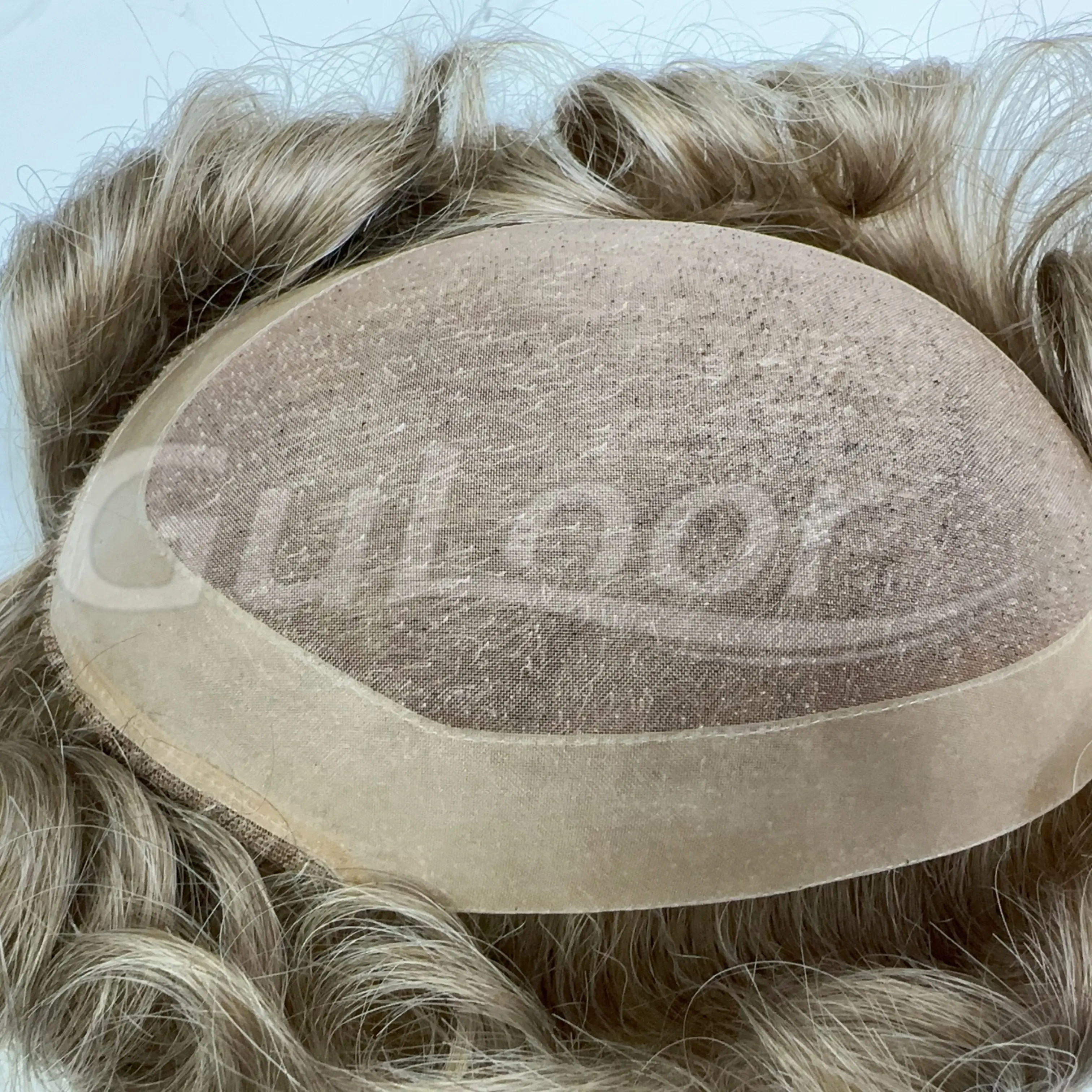
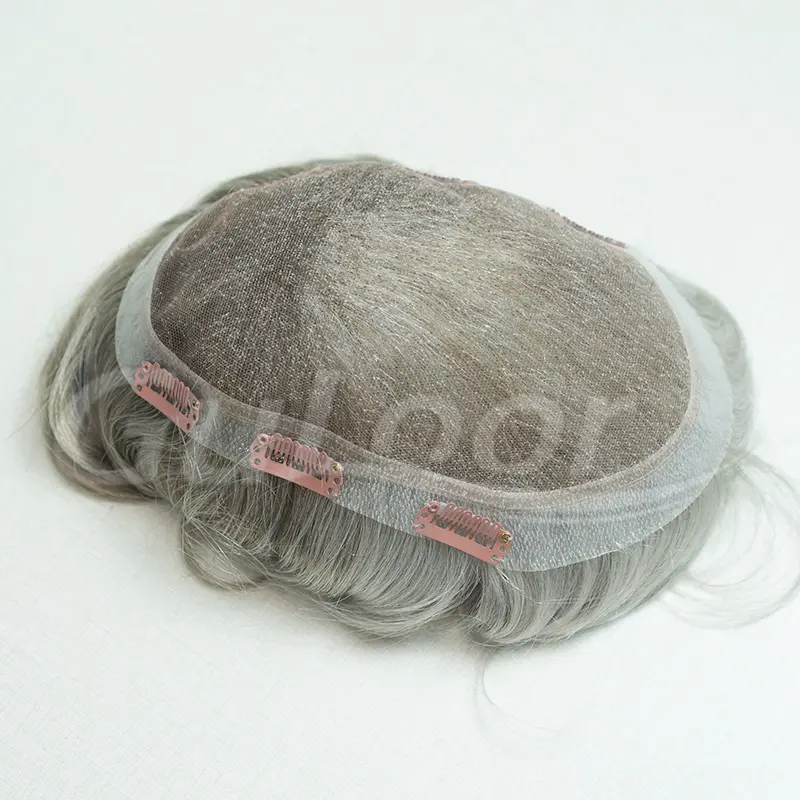
839.webp)
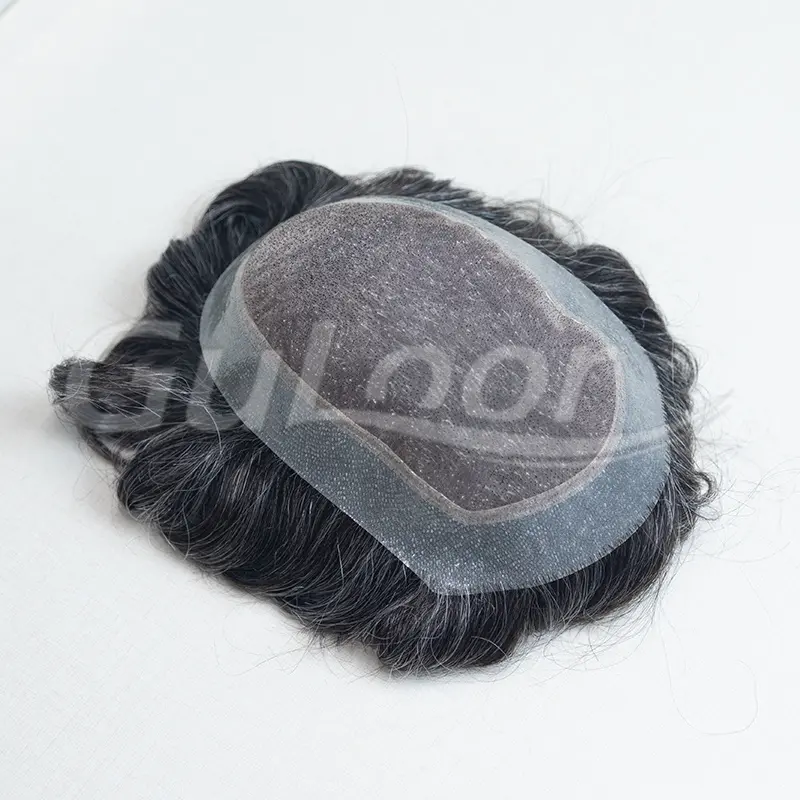
933.webp)
105.webp)
654.webp)
